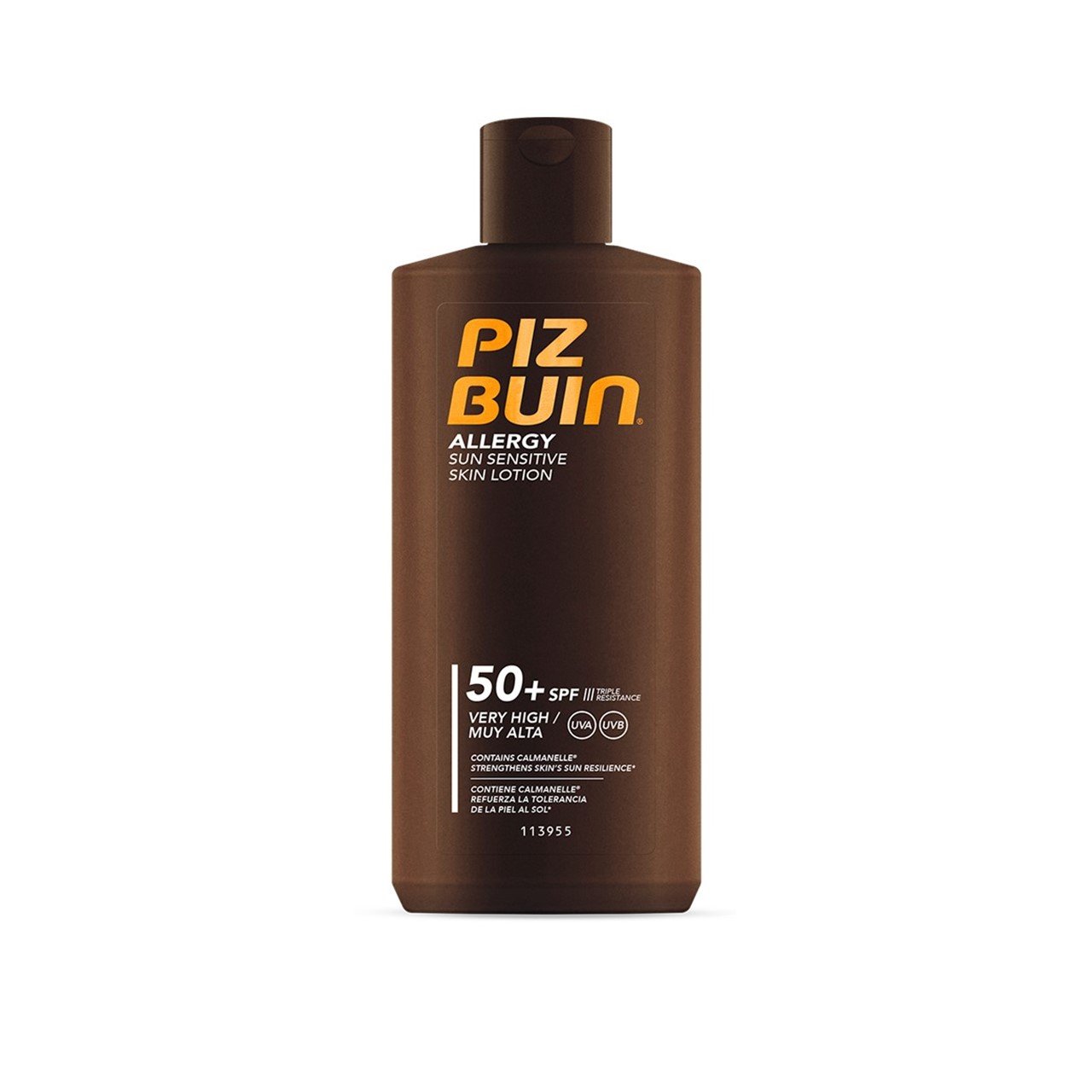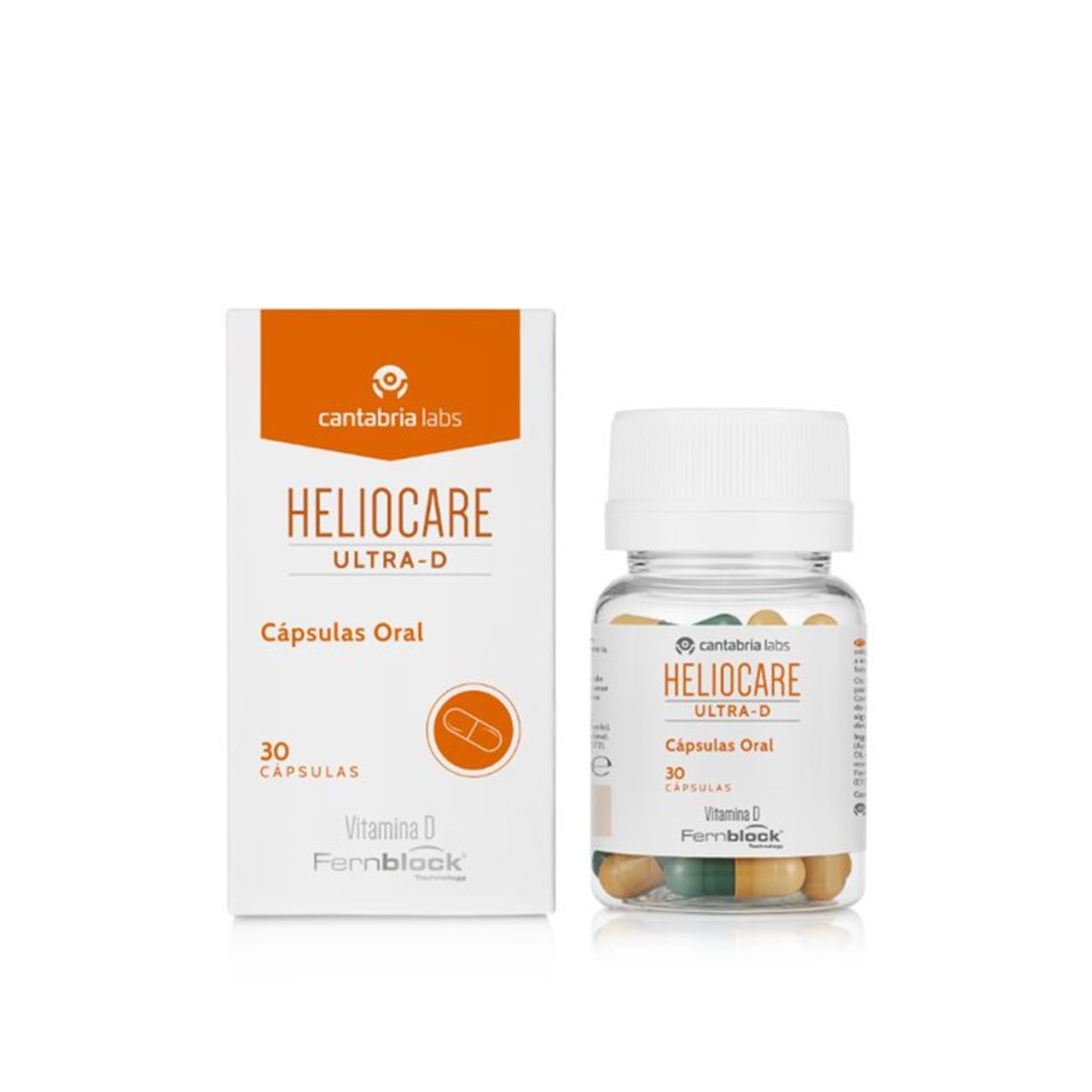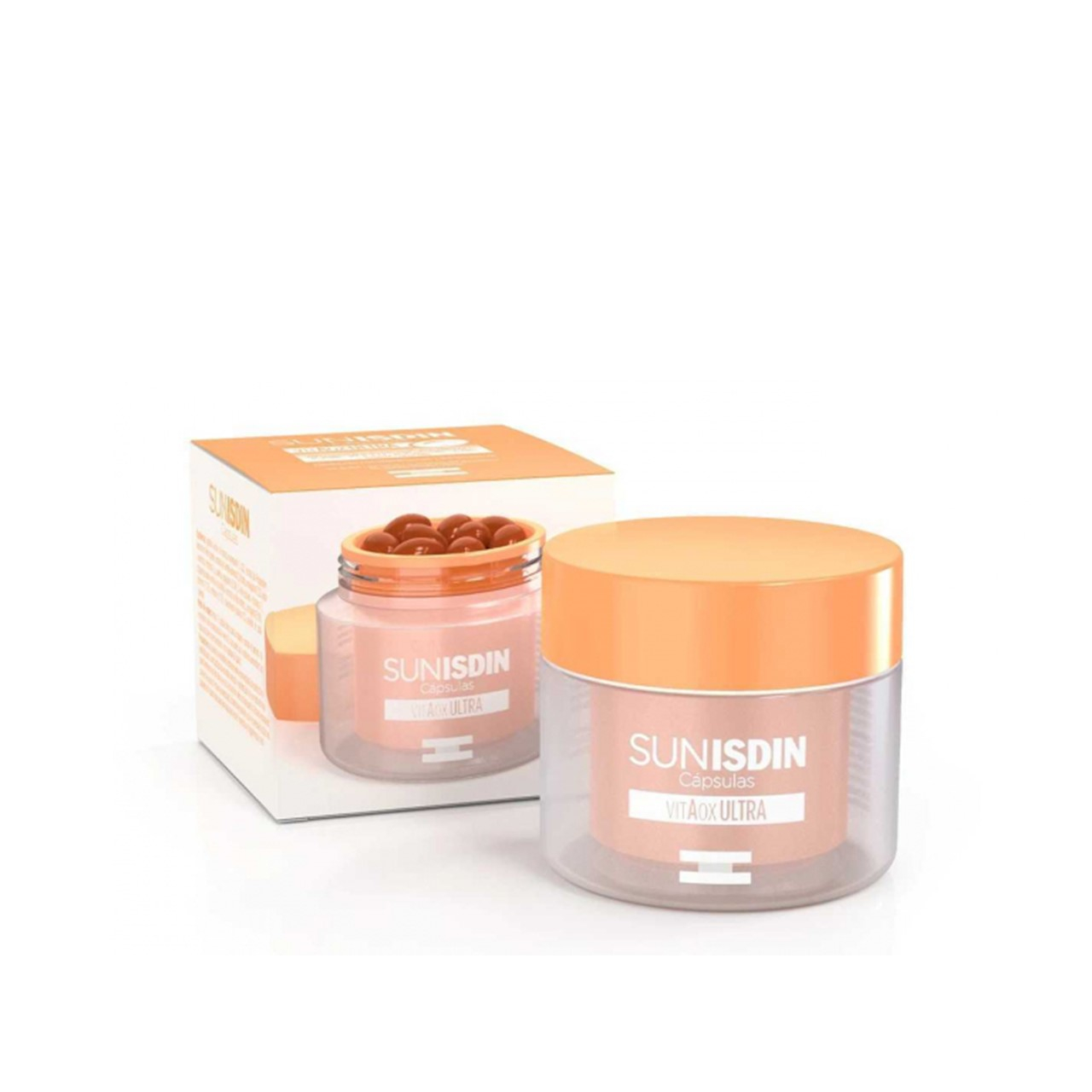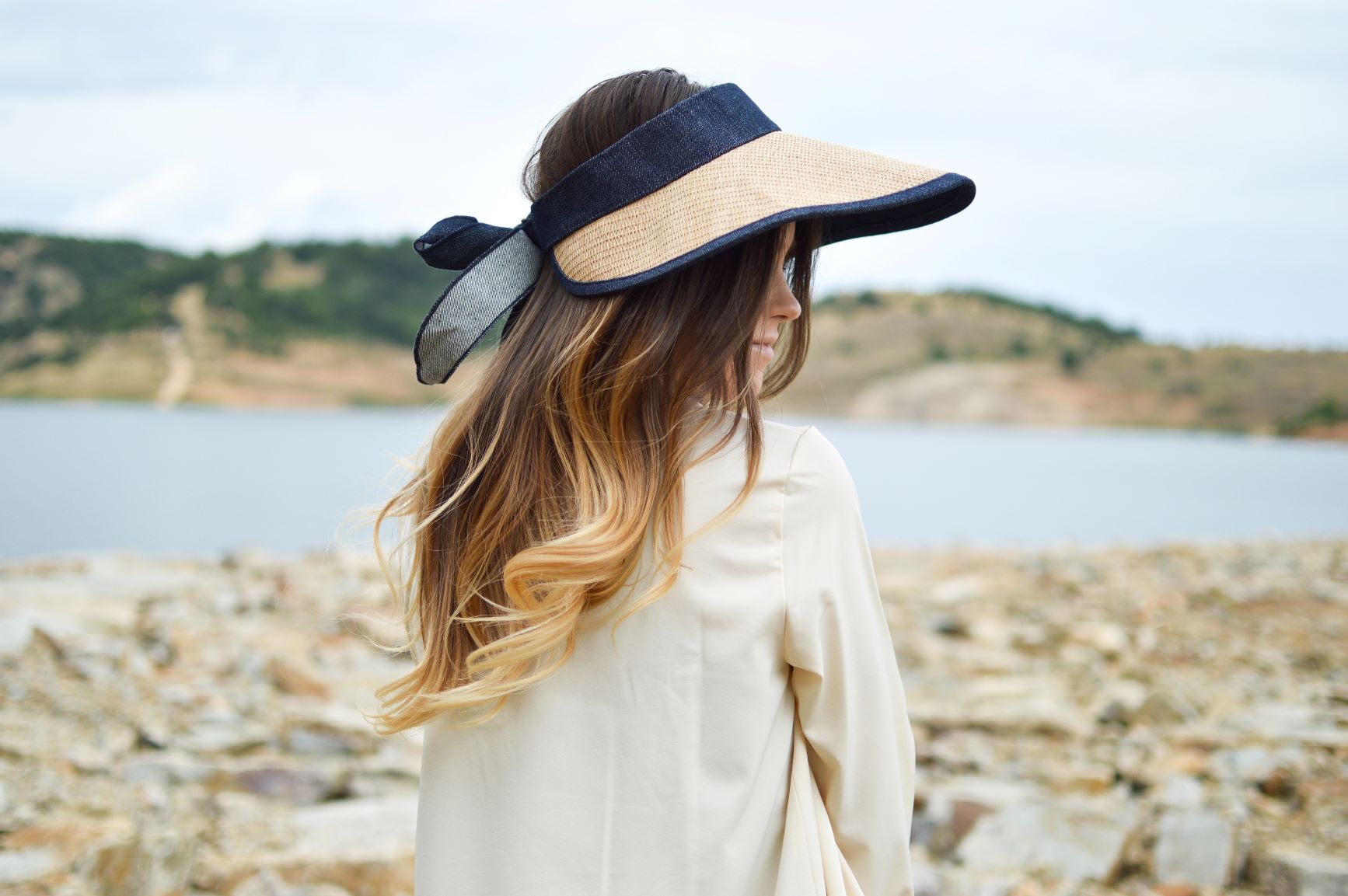
Types of Photodermatosis
Photosensitivity
You may have heard of photosensitivity or photodermatosis, and know a person that suffers from this disorder, but do you really know what it is? Photosensitivity is caused by an abnormal reaction to sunlight. This means that people can be sensitive to sun radiation, such as UVA, UVB, visible light, or even to artificial light.
In this post, we are going to approach one type of photosensitivity: THE PRIMARY OR AUTOIMMUNE PHOTODERMATOSIS.
Polymorphic light eruption (PLE)
This disorder usually affects women before their thirties and tends to get worse with age. It often strikes in spring and affects all skin types, although it is more common in people with fair skin.
The symptoms you might feel are an itch, redness and rash, within minutes or hours of sun exposure. But you don’t need to be alarmed, as it is usually resolved in a matter of days.
Juvenile spring eruption
It is considered a localized form of PLE, and it is more common in children, teenagers and young adults. The first symptom is usually a slight itch, followed by redness on the ears that then breaks out into blisters and scars.
This condition only arises during springtime and gradually becomes less severe and can even disappear after a few years.
Actinic folliculitis
Actinic folliculitis is a rare condition that affects mostly people between their twenties and forties. Its mechanism is not fully known, but the first symptoms – itch, redness and rash on the back, upper chest, shoulder and arms – appear after the first long exposure to sunlight. However, you don’t need to worry, the lesions generally resolve within 5-10 days without scarring.
Actinic prurigo
This condition is usually diagnosed during childhood. It is rare, but chronic and tends to get worse in summer.
The symptoms appear hours or days after the sun exposure and involve not only the skin, but also the lips and the eyes. You might feel your skin a little itchier than usual and some plaques might also appear.
In this specific case, you must use mineral sunscreen with high protection, once chemical filter can worsen the irritation on the affected skin.
Solar urticaria
It is also a rare skin condition, but the symptoms appear right after the sun exposure. It starts with erythema and swelling on the upper chest, arms and forearms, which disappear within 24 hours, although some people might feel other systemic symptoms such as nausea and dizziness. Women in their thirties are the most affected.
Other than the usual sun protection care, it is essential to apply a protective UV coating to glass windows at home and vehicles.
Chronic actinic/photosensitivity dermatitis
Chronic actinic mostly affects middle-aged men and it is characterized by tingling eczematous lesions on the areas exposed to sunlight, although they can spread to other areas of the body that are protected by clothing. This disorder affects people all year long.
Hydroavacciniforme
(associated with Epstein-Barr virus)
Hydroavacciniforme is usually diagnosed during childhood and can be associated with the Epstein-Barr virus. It is characterized by recurrent vesiculopapular eruptions that turn into necrotic crusts and scars, within hours of sun exposure, leading to a decrease in the quality of life, both psychosocial and emotional.
It is divided into two types: classic hydroavacciniforme that usually disappears during adolescence or early adulthood, and severe hydroavacciniforme-like eruption which affects adults and the lesions can even appear on sun-protected areas and can be associated with other systemic manifestations.
What are the best products to protect your skin?
The first product that you must never forget is sunscreen! It must be used all year round, and it should be applied half an hour before leaving home and it should be reapplied often throughout the day. The ones that are recommended specifically for these disorders are:
For those who wish to boost their tans while keeping sun exposure to a minimum to prevent allergy, there’s something that can help. If you’re not in the mood for some fake tan, then consider these supplements!









